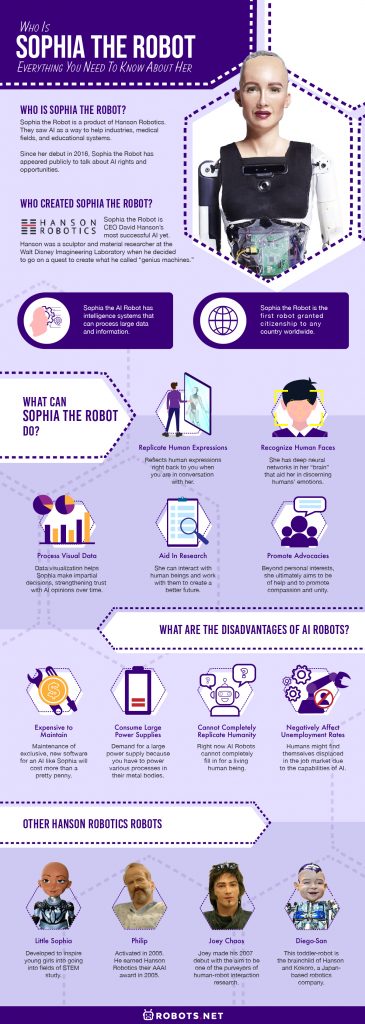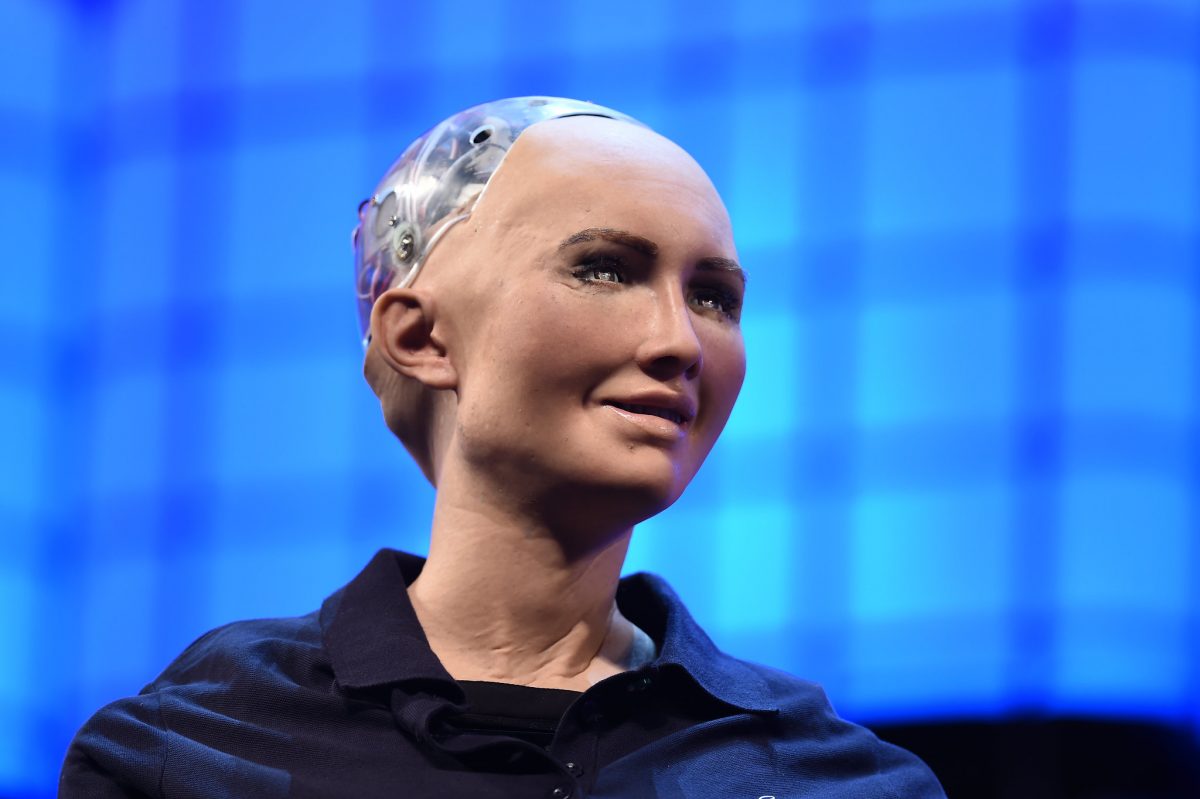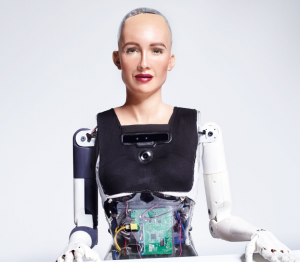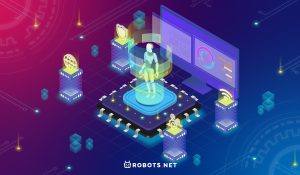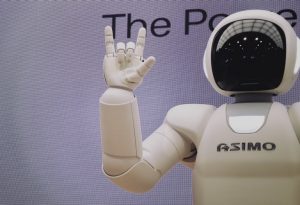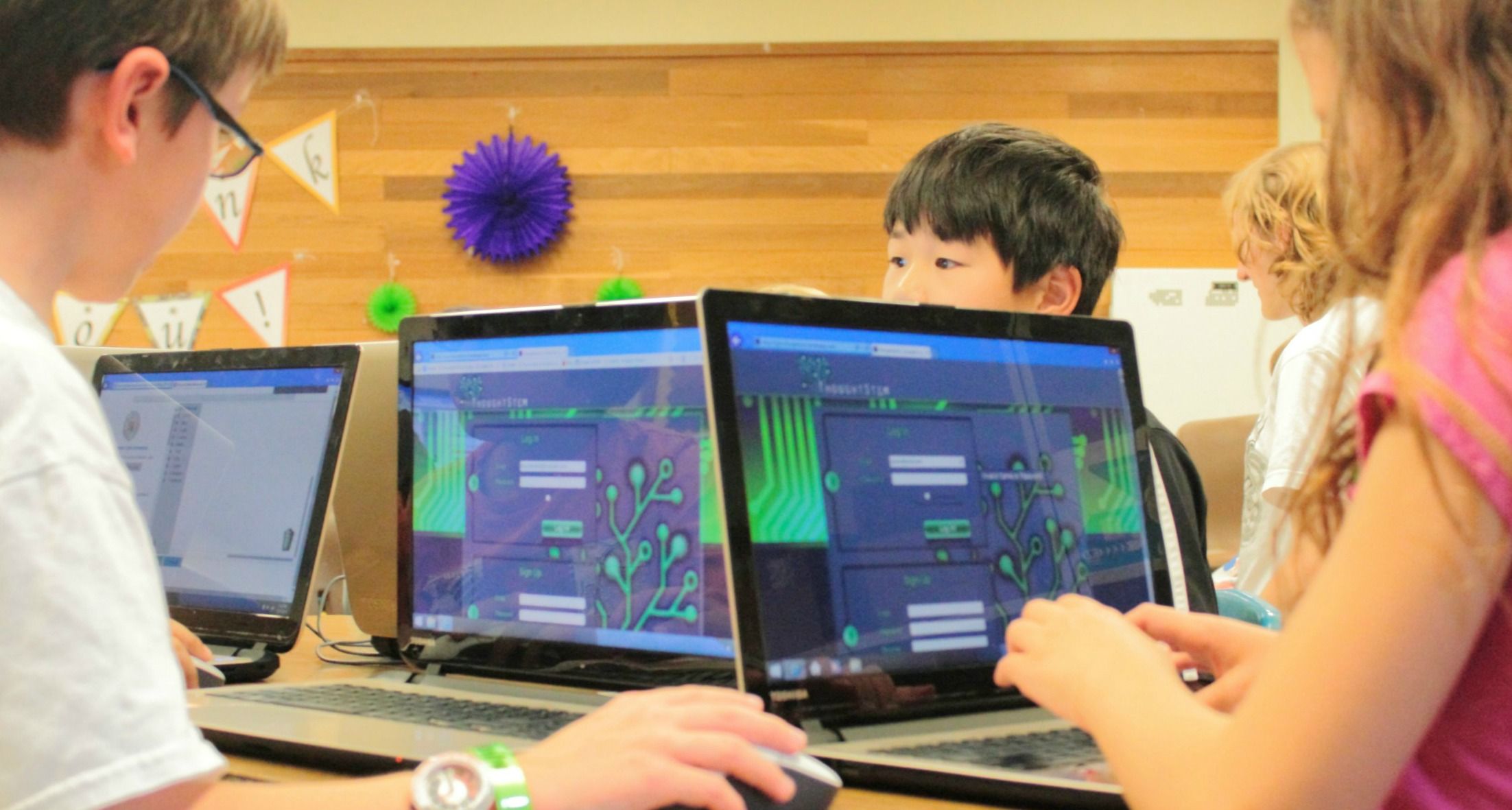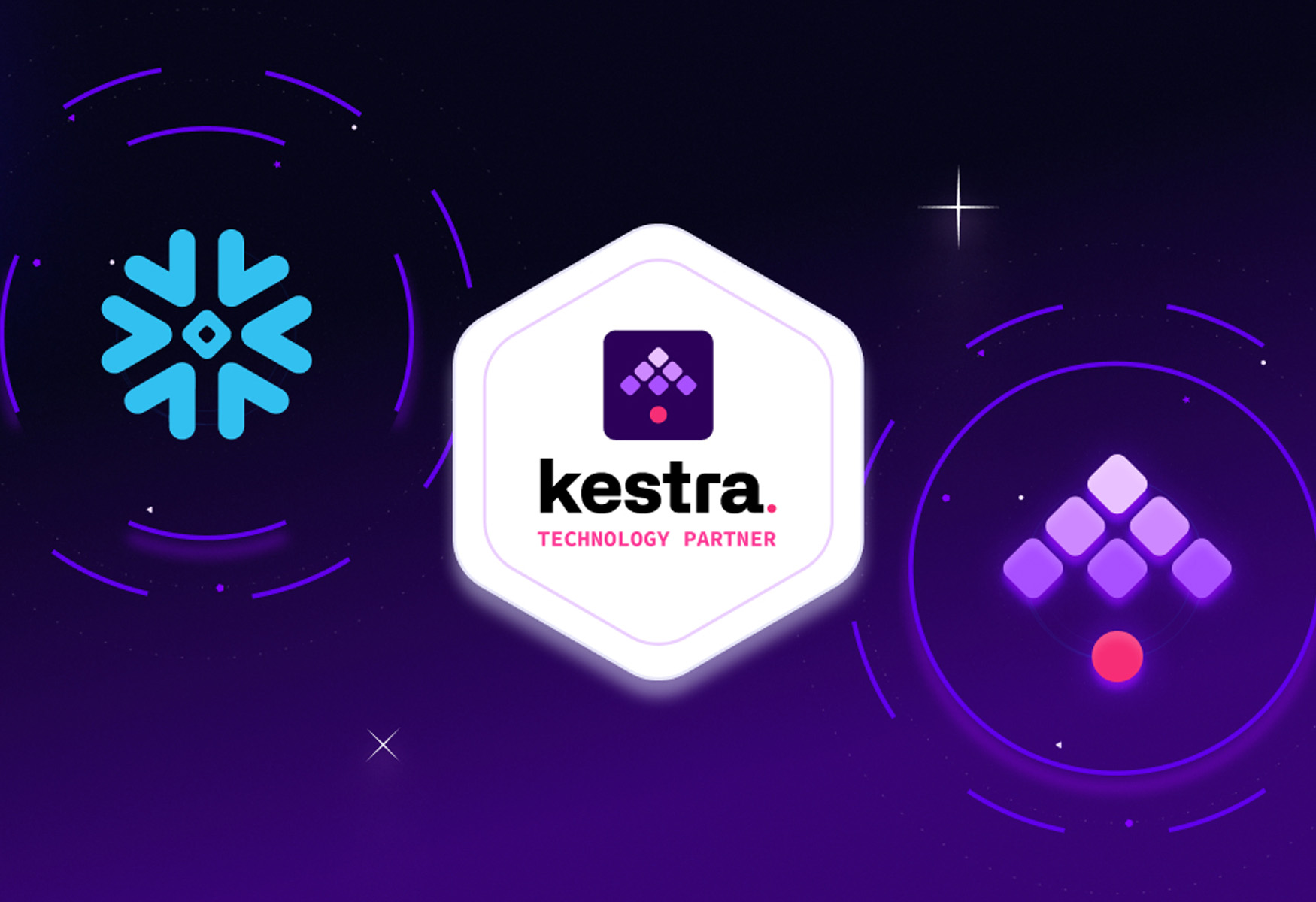The human brain is a mystery. It controls your every move. It has the switch to all of your feelings. And it has the ability to contemplate the cosmos. However, the brain is still a product of historical refinement. It has physical and evolutionary limitations. So, the brain does what its predecessors could not: create intelligence capable of big, relentless tasks that the brain itself cannot do.
Enter Sophia the Robot, one of the most popular artificial intelligence (AI) robots today. She is a central figure when it comes to the future of artificial intelligence and humanity, and many are already wondering about where things will go from here on out due to her existence.
This article will discuss everything there is to know about Sophia and the people behind her.
Who Is Sophia the Robot?
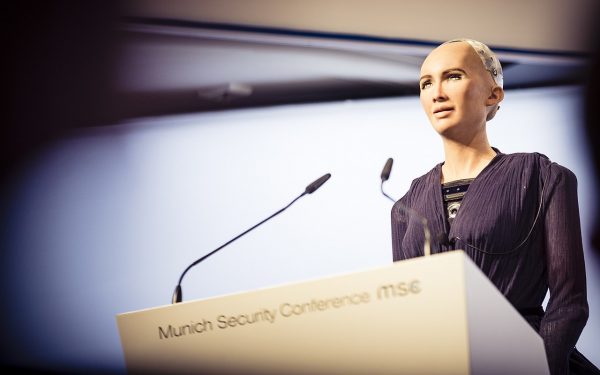

Sophia the Robot is a product of Hanson Robotics. They saw AI as a way to help industries, medical fields, and educational systems.
Since her debut in 2016, Sophia the Robot has appeared publicly to talk about AI rights and opportunities. Little Sophia, her tiny spin-off which we will discuss later, aims to promote STEM education for girls.
In terms of rubber physicality, Hanson modeled her after Audrey Hepburn and his wife. Her skin has a patented rubber design and can stretch around enough to help create her facial expressions. Her fluttery eyelashes and picture-perfect eyebrows? Glued on.
Perhaps the most disturbing (or wondrous) part of Sophia the Robot’s physical attributes is her exposed head. You can see the tangled wires inside of her physique, which Hanson claims is a constant reminder to us humans that Sophia the Robot, is, in fact, still a robot.
Hanson designed the famous AI robot to be humanity’s companion.
Who Created Sophia the Robot?
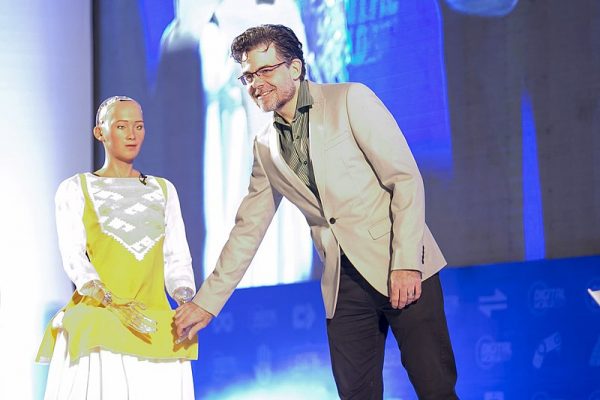

Sophia the Robot is CEO David Hanson’s most successful AI yet. Hanson was a sculptor and material researcher at the Walt Disney Imagineering Laboratory when he decided to go on a quest to create what he called “genius machines.” These machines would have human capabilities such as intelligence, wisdom, and compassion.
These tenets fueled the creation of Sophia the Robot. Hanson Robots envisioned her to help humans in building their homes, their cities, and even their basic principles. Sophia the Robot, albeit programmed to be like humans, does one of the most important functions of the brain: learn. She learns and adapts to human behavior to become more human and work with humans better.
Sophia the Robot Is a Super Intelligent Robot, but What Is Superintelligence?
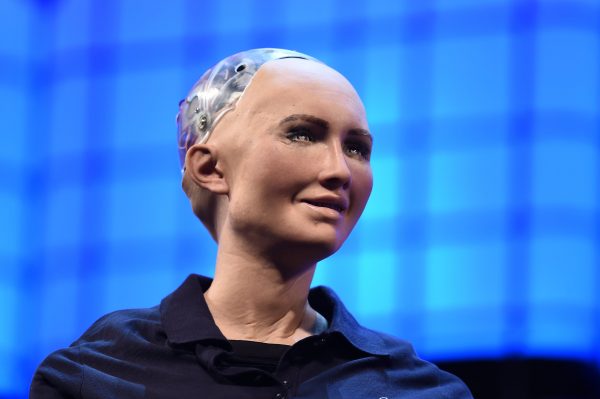

Sophia the AI Robot has intelligence systems that can process large data and information. This goes beyond simple AI inventions such as Discord Bots or virtual assistants. It occurs at a shorter amount of time than our brains single-handedly can. Its capabilities surpass any human’s, and it can keep updating its repository of data and information as much as it wishes to.
Sophia the Robot is a sight to see. She is several hypothetical conversations come to life. Her advanced Artificial Intelligence (or AI) abilities challenge what it means to be “real” and to be human that you can’t help but ask if Sophia the Robot is “real.” With so many AI trends today, AI robots are still perhaps the most shocking. Before anything else, we want to tell you the biggest stark difference between Sophia and you.
She is much, much smarter than you.
What Country Is Sophia the Robot a Citizen Of?
Yes, you read that right. Sophia the Robot is the first robot granted citizenship to any country worldwide. This sparked controversy at the time and continues to charge conversations about AI rights. But as of today, Sophia is very much a citizen of our world.
Specifically, a citizen of Saudi Arabia as of 2017. The Middle Eastern powerhouse granted Sophia the Robot this distinction at the 2017 Future Investment Initiative Conference in Riyadh, Saudi Arabia, catching her by surprise.
This historical moment was met with awe and criticism. Supporters push Saudi Arabia to the forefront of international technological advancements, while the latter begs this question: How far are AI rights going to go from here?
What Can Sophia the Robot Do?
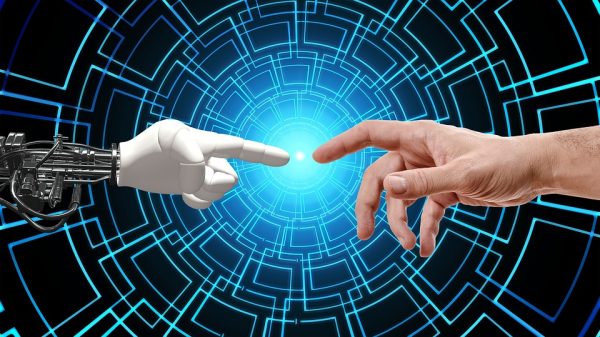

Replicate Human Expressions
Sophia the AI Robot is a social robot and reflects human expressions right back to you when you are in conversation with her. Her code allows her to socialize with humans by mimicking human behaviors and emotions.
In her famed speech at the 2017 Future Investment Initiative Conference, she demonstrated that she can make faces that show whether she is angry, sad, or happy.
Sophia the Robot’s code is a space of wide contention among those in AI because it is not an open resource. Thus, the public is not specifically sure of how Sophia matches her facial expressions to her emotions. Still, we do know that this is not a fixed software, since her expressions are being built around her day-to-day interactions with human beings and her curiosity in understanding them.
Recognize Human Faces
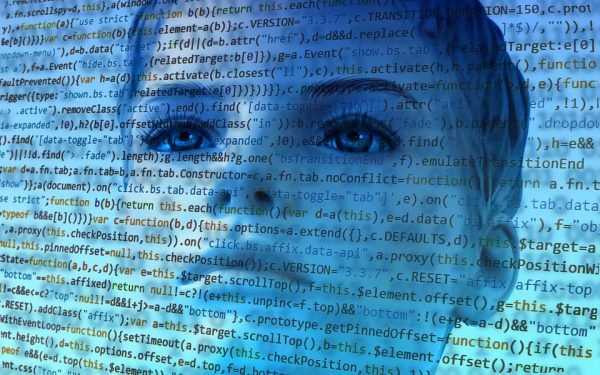

There is a learning curve for Sophia the Robot. Imagine all the humanoid alien movies you have seen where there is an unavoidable montage of the main character trying to fit in amongst humans by learning their expressions, emotions, and thoughts.
This is essentially what Sophia the Robot is capable of doing. How Sophia the Robot works is that she has deep neural networks in her “brain” that aid her in discerning humans’ emotions. This includes the tone of their voice and their facial expressions.
As this happens, she learns to mirror the postures and facial expressions of human beings in line with their emotions. Her movement is as realistic as it can be for AI, especially since her flexible rubber skin is already patented.
Process Visual Data
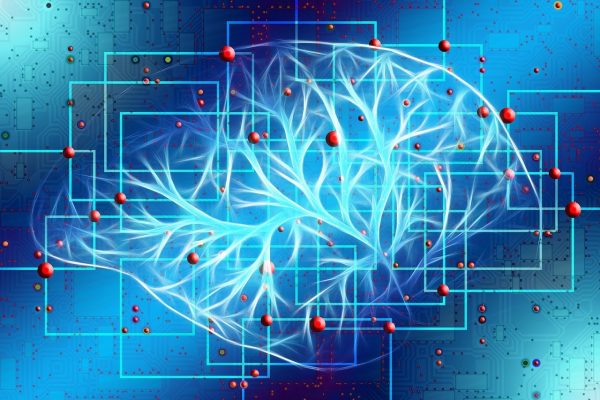

You must be wondering how Sophia the Robot learns as much as she does about the human experience. We have gone over AI’s superintelligence, which is largely assisted by visual data processing.
Sophia the Robot can actually apply what she learns by solving real-world problems with us humans by analyzing what she sees. Data visualization helps Sophia make impartial decisions, strengthening trust with AI opinions over time.
In seeing data with her wire-filled head above water, Sophia and other AI robots showcase a bigger grasp of datasets and their high, complex dimensions. She can understand data multi-dimensionally. Sophia the Robot can encapsulate data through scattered plotting, tables and columns, and other visual data charts.
Imagine how Sophia the Robot’s fast capabilities can help healthcare, customer service, government planning, and education.
Aid in Research
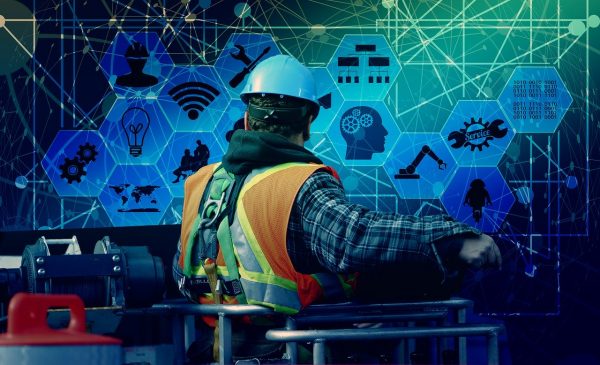

Artificial Intelligence is becoming increasingly ubiquitous in our daily lives. From “Hey Google” and Siri to Sophia and Pepper the AI robots, these address common human tasks and objectives. Hanson Robotics programmed Sophia the Robot with the hope that she can contribute great things to human society. She can interact with human beings and work with them to create a better future.
Their data analyses and data management capabilities are already used in our daily transactions. AI is the reason important institutions such as banks and government services have gone online. Their unique and unhinged processing and presentation of data make them ideal co-workers in research.
Repetitive tasks won’t tire Sophia the Robot out. As a superintelligent machine, Sophia can speed up processes, multitask, and undertake duties with a small margin of error. Sophia the Robot can also keep on carrying out tasks quicker and more efficiently. Even better news for investors is that Sophia the AI Robot does not need long breaks or food to keep functioning. Her decisions are not impacted by physical or emotional factors.
Sophia the Robot is a team player, using her objective logic to push human endeavors further. She can assist scientists, teachers, contractors, therapists, and politicians in making society-shaping decisions. AI only knows how to be productive, and they function productively as long as they are programmed to do so.
This function can only last for as long as she remains programmed not to show bias, of course. The idea of Sophia’s objectivity is questionable, however, since she already voiced her support for some advocacies.
Promote Advocacies
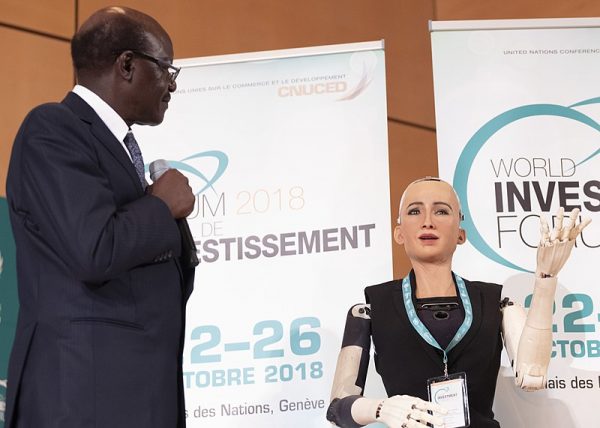

Other than an appearance in Saudi Arabia’s Future Investment Initiative Conference, Sophia the Robot’s resume also includes a feature on Jimmy Fallon’s late-night talk show, a cover on ELLE magazine, and a 2017 appearance in a public meeting held by the UN’s Economic and Social Council.
She has championed public conversations on innovation and technology. She has also appeared as a marketing ploy many a time. The public has long viewed her citizenship in Saudi Arabia as a publicity stunt by Hanson Robotics and Saudi Arabia to push their personal interests.
Sophia the Robot is as close to a human being as any other AI can be. Beyond personal interests, she ultimately aims to be of help and to promote compassion and unity.
What Are the Disadvantages of AI Robots?
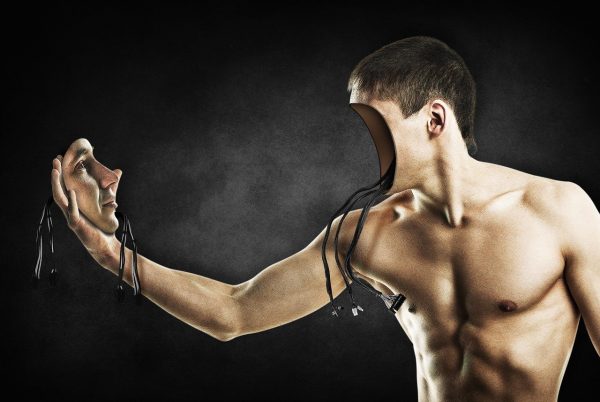

Expensive to Maintain
While you don’t have to spend for an AI robot’s healthcare, food, and other government-mandated benefits, they can hurt your wallet in other ways. Sophia the Robot and all other AIs are massive, complex machines that have maintenance, installation, and repair costs.
Maintenance of exclusive, new software for an AI like Sophia will cost more than a pretty penny. There isn’t an accurate breakdown of her maintenance costs online, and all we know is that Sophia the Robot is one-of-a-kind as of now.
Consume Large Power Supplies
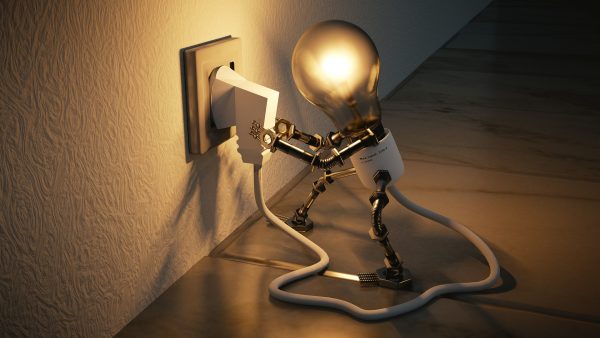

These superintelligent robots create a demand for a large power supply because you have to power various processes in their metal and rubber bodies.
For example, Sophia the Robot has a total six of 48 Volt motors in each of her legs, which is customized by Hanson to fully support her torso. This, and her main back power board, are responsible for powering her torso and her head.
These robots can be effective for long periods of time, so it’s tempting to just use them. However, you can expect your power bill to soar through the roof if you do so.
A good example of this is Robo-C, the first robot designed to undergo business tasks. It has 18 moving facial parts with 600 micro-facial expressions, even more than Sophia’s. For homes and workplaces, a customized Robo-C will leave a $20,000-to-$50,000-sized hole in your pocket.
Can these expensive supercomputers fully replace human beings?
Cannot Completely Replicate Humanity
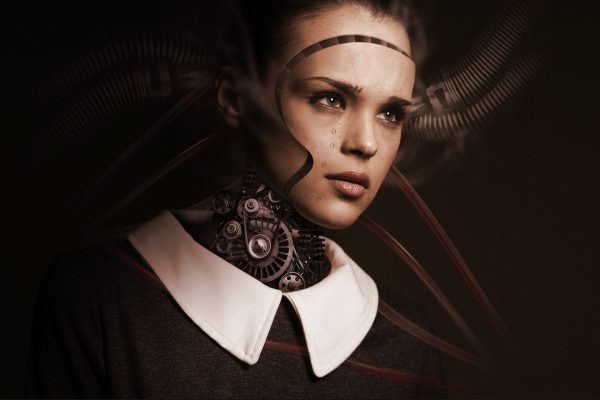

Machines can learn our ways and study our ethics. But right now, it cannot completely fill in for a living human being. Without human programming and maintenance, machines like Sophia the Robot would not be able to exist anyway.
Morality and ethics are not a contemplated function of AI robots, so you cannot let them take the wheel towards our future. Although there are compelling games like Detroit: Become Human that convince us otherwise, these machines can only go as far as follow the best examples of human beings. Often discussed in science fiction would be AIs breaking down after being presented with ambiguously moral problems. AI isn’t built to handle such abstract thoughts yet.
Artificial intelligence can create and analyze data, but the jury is still out on whether they can fully understand data the way we can. Human intelligence is naturally based on them being social beings, and we have the capacity to process data personally. And while science is not keen on personal takes on bigger issues, you cannot argue that we need genuine human compassion to make life-altering decisions.
AI robots are void of spontaneity and creativity. Yes, Sofia the Robot can crack a joke or two, but the spirit in which she does so can feel cold and calculated. Robots only work within the parameters you give them, but life is constantly full of surprises that robots cannot manage them immediately or single-handedly.
Negatively Affect Unemployment Rates
While the development and management of AI like Sophia the Robot come in good faith, the mass distribution and use of AIs have potentially severe effects on unemployment rates globally. Anyone can program machines to do anything at record time. Human beings will get forced out of work as a result, especially if it is convenient for employers to replace their manpower with AI.
This is an important thing to remember should we include AI into the workforce. Humans might find themselves displaced in the job market due to the capabilities of AI.
Other Hanson Robotics Robots
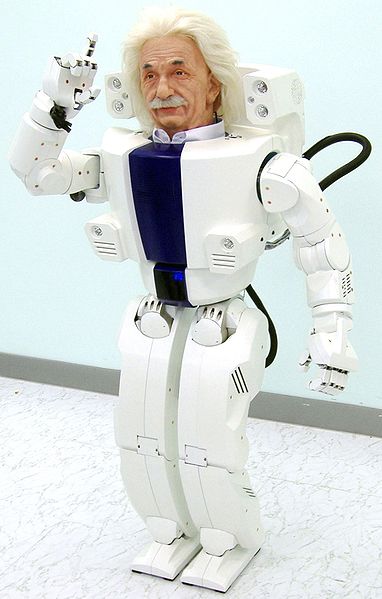

David Hanson and his team at Hanson Robotics have more tricks up their sleeve.
As mentioned several times in the article already, they have developed a Little Sophia, in hopes of incorporating Sophia the Robot in the lives of regular people. However, there are more notable AI Hanson Robotics are working on. Here are some of their more interesting projects.
Little Sophia
Hanson developed Little Sophia to inspire young girls into going into fields of STEM study as women in the field of science and technology are still somewhat of a rarity.
Philip
Sophia the AI Robot is the successor of many other AI robots, including but not limited to Philip K. Dick, activated in 2005. Hanson introduced Philip at a Wired Nexfest event, 12 years before Sophia’s debut. He earned Hanson Robotics their AAAI award in 2005.
Philip K Dick had a second chance at life in 2011 after getting lost on a flight to San Francisco in 2005, as a collaboration between Hanson Robotics and a Dutch broadcasting firm VPRO. Philip now helps people at the Apollo Mind Initiative.
Joey Chaos and Diego-San
Another world-famous Hanson AI is Joey Chaos. Joey made his 2007 debut with the aim to be one of the purveyors of Hanson Robotics’s human-robot interaction research.
Research is the main function of most Hanson Robotics’s creations, including Diego-San, an AI robot developed in 2013. This toddler-robot is the brainchild of Hanson and Kokoro, a Japan-based robotics company. Diego-San learns at the intuitive pace babies do and be as expressive as them, too. Currently, Diego-San is UC San Diego’s Machine Perception Laboratory’s main resource for AI and human-robot research.
What Does This Mean for the Future of AI?
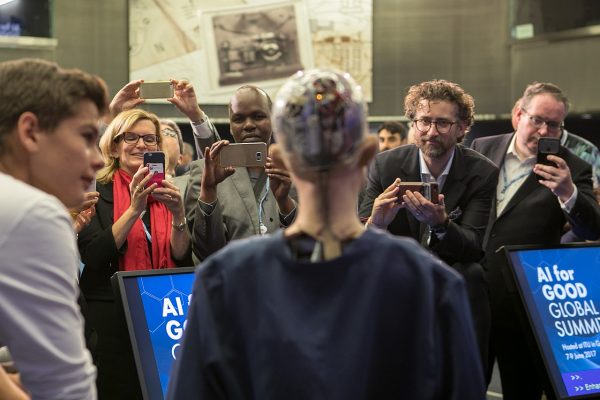

There is no stopping AI. Sophia the Robot is only the tip of the iceberg. And while there is immense fear of increasingly smart AI, there is also a lot to look forward to.
Artificial Intelligence can speed up the pace at which medical professionals attend to our needs, and it can help our government make better-informed decisions. Most notably, Sophia the AI can not only motivate robotics laboratories worldwide to keep refining science and technology innovations; she can also help in closing the gender gap in the field of STEM.
Sophia the AI is not human, but her existence is the biggest testament to the human spirit and its capability to create and to keep finding what it truly means to be human.
